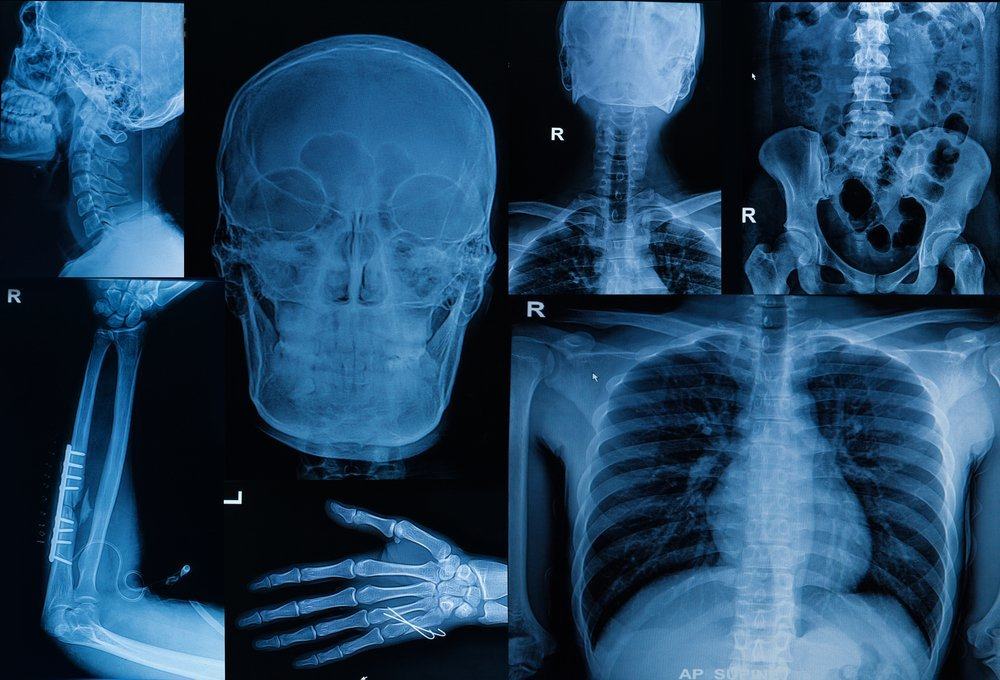Contents:
- Medical Video: Structure of Bone|Anatomy of Bone|3D Animation|Biology
- Formation
- Function
- Bone classification
- Long bones
- Short bones
- Flat bones
- Irregular bones
- Sesamoid bone
Medical Video: Structure of Bone|Anatomy of Bone|3D Animation|Biology
One of the most important and complex structures in your body is bone. Bone is known as a strong, hard and lifeless body part. But in reality, bones are made of, active living cells that are able to grow, improve themselves, and communicate with other parts of your body. Let's take a closer look at what your bones can do and how they do it.
Formation
The shape and structure of our skeletal bones is determined by various factors: genetic, metabolic and mechanical factors. The formation of our bones begins in the womb of our mother before we are born. Metabolic factors are also important. Substances such as: calcium, phosphorus, vitamins A, C and D and pituitary secretions, thyroid, parathyroid adrenals and gonads are also involved in our bone formation. Even after giving birth, this substance continues to play an important role in the formation of new bones. Lack of vitamin D and calcium in particular can cause many bone diseases such as rickets and low bone mass, making bones easily damaged. Our bones are shaped by our movements and the needs of our bodies.
Function
Like a house pole, you need strong bones to support your entire body and to protect your organs. Without bones, it will be difficult to keep the body standing tall. The upper and lower arm acts as a lever to help you move, push and pull with the help of muscles.
Your bone functions as a storage place for fat minerals and many other important substances so that these substances are available when your body needs them. In fact, 97% of the body's calcium is stored in bone. Bones provide an easily accessible warehouse for minerals to be extracted and transferred to the bloodstream to get to other parts of your body if needed.
Bone protects your body from cracks. Bone forms a strong layer around the organs in the body. Bones are also needed sometimes for organ function. For example, to breathe you need to use your ribs. The ribs act as a shield to protect the lungs and heart.
Bones are considered as holders of marrow. Bone plays an important part in making blood cells. Stem cells used to make red and white blood cells are found in the bone marrow.
Bone classification
Skeletal bones consist of many bones that form various shapes, functions, locations, lengths and weights. The easiest way to classify bones is in shape, which includes 5 types:
Long bones
Long bones are typical bones for limbs. You can guess from the name of the long bone where the bone is longer than its width. Because it is often found in the limbs, this bone serves to provide strength, structure, and mobility. The inside of the long bones is quite elastic even though the outside is hard. Sponge bones contain a lot of yellow bone marrow and red bone marrow, which are capable of producing blood cells.
Long bones including the femora, tibiae and fibulae of the legs, humeral, radii, and ulnae of the arms; metacarpals and metatarsal of hands and feet, phalanx of fingers and toes, and clavicle or cervical vertebrae. A long bone has a shaft and two ends.
Short bones
Short bones have the same width as the length. This bone is shaped like a cube that forms joints in the bone. Interestingly, as you grow, the size of these bones doesn't change much compared to the long bones. Bone inj is made from a layer of hard outer skin and most of it is spongy bone. The function of this bone is to provide support and stability for our body movements.
Short bones are found in the wrists and ankles, carpals and tarsals.
Flat bones
Flat bones are bone-shaped plates that are strong, hard and flat. This bone consists of a layer of spongy bone with two thin layers of compact bone. Flat bones are the place for the formation of the most red blood cells.
You can easily find flat bones on your shoulder, sternum, skull and hip bones.
Irregular bones
This bone does not belong to any category, known as irregular bone. Irregular bone usually functions as a protector of nerve tissue, maintaining pharyngeal support, forming the tongue, etc.
Good examples of irregular bones are the spine and lower jaw bone. In the spine where most irregular bone is found, it has 33 irregular bones.
Sesamoid bone
Sesamoid bones are usually embedded in tendons or muscles. These bones provide support for the tendons, especially where the tendons are easily exposed to friction, such as the knees, hands, on the wrist. The main function of sesamoid is to protect the tendon.
Now that you understand your bones, you can better understand and manage your pain.
Hello Health Group does not provide medical advice, diagnosis or treatment.












